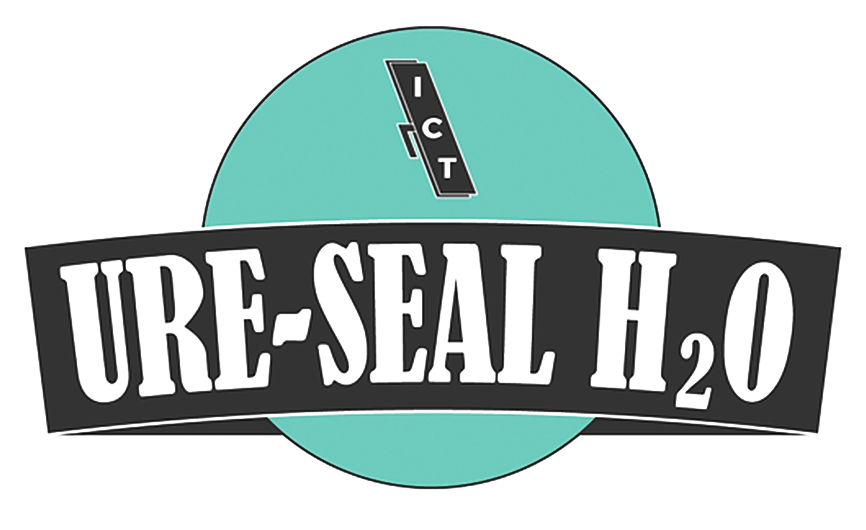To Seal or Not to Seal: A Guide to Paver Sealants
When it comes to maintaining your outdoor spaces, sealing your pavers is a crucial step that often raises questions among homeowners. Should you seal your pavers, and if so, what types of sealers should you use? At Tropical Paver Sealing LLC, we aim to clarify the importance of paver sealant, the different types available, and the sealing process. Here’s a comprehensive guide to help you decide whether to seal your pavers and understand the best practices for doing so.
Why Seal Your Pavers?
Sealing pavers provides several benefits, including protection from stains, enhanced durability, color preservation, and reduced weed growth. Sealed pavers are easier to clean and maintain, ensuring that your outdoor spaces look beautiful for years to come.
Types of Paver Sealers
There are two main types of paver sealers: film-forming sealers and penetrating sealers. Each has its own advantages and applications.
Film-Forming Sealers:
- Acrylic Sealers: These sealers form a protective film on the surface of the pavers, providing a glossy finish that enhances the color and appearance. Acrylic sealers are water-based or solvent-based and are ideal for adding a decorative touch to your pavers.
- Polyurethane Sealers: Known for their durability, polyurethane sealers offer a strong, protective layer that is resistant to chemicals and abrasions. They are best used in high-traffic areas where extra protection is needed.
Penetrating Sealers:
- Silane/Siloxane Sealers: These sealers penetrate the surface of the pavers, creating a water-repellent barrier that protects against moisture and stains. Silane/siloxane sealers maintain the natural look of the pavers without altering their appearance.
- Epoxy Sealers: Epoxy sealers provide a hard, durable finish that penetrates the pavers. They offer excellent protection against stains and are often used in commercial applications due to their long-lasting properties.
The Sealing Process
Sealing pavers involves several key steps to ensure the best results:
- Cleaning: The pavers must be thoroughly cleaned to remove dirt, stains, mold, and mildew. This step is crucial to ensure the sealant adheres properly.
- Repairs: Any damaged or loose pavers should be repaired or replaced. Re-sanding the joints with polymeric sand helps stabilize the pavers and prevent weed growth.
- Application: The chosen sealer is applied evenly across the paver surface using a sprayer, roller, or brush. Multiple coats may be required depending on the type of sealer and the condition of the pavers.
- Drying: After application, the sealant needs time to dry and cure. This period can vary from a few hours to a few days, depending on the product and environmental conditions.
When to Seal and Reseal Your Pavers
Newly installed pavers should be sealed after they have had time to settle, usually within 1-3 months. If using a penetrating paver sealant, wait one week minimum before sealing. If using a film-forming sealant, wait 30 days to avoid trapping moisture under the protective barrier.
Resealing should be done every 2-3 years to maintain the protective barrier and keep your pavers looking their best. High-traffic areas or pavers exposed to harsh weather conditions may require more frequent resealing.
To Seal or Not to Seal?
Sealing your pavers is a worthwhile investment that enhances their appearance and longevity. By choosing the right type of sealer and following the proper sealing process, you can ensure your outdoor spaces remain beautiful and durable. At Tropical Paver Sealing LLC, we offer expert sealing services tailored to your needs. Contact us today to schedule your paver sealing service and keep your outdoor spaces looking their best.


